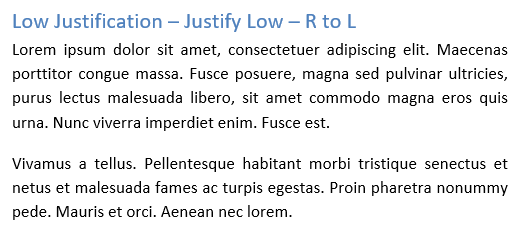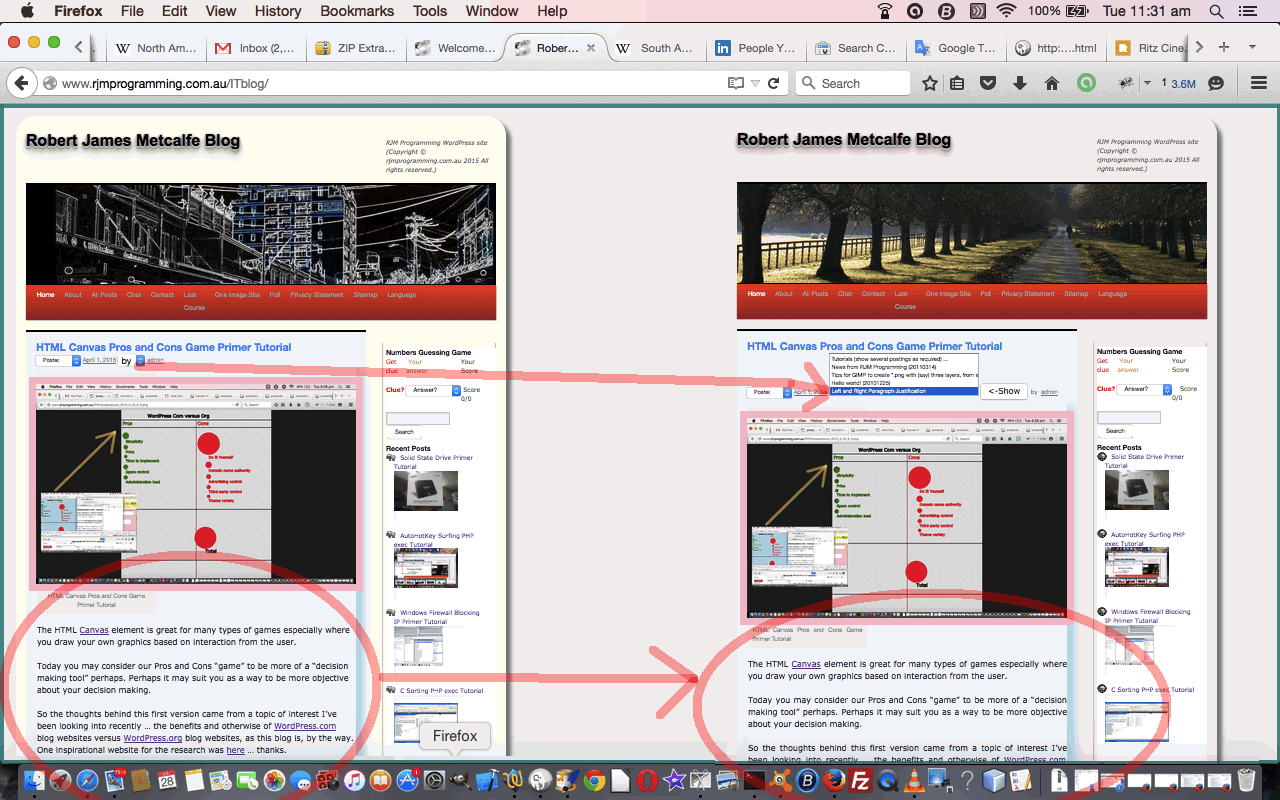

- ANIME STUDIO PRO 9 TEXT JUSTIFICATION JUSTIFY HOW TO
- ANIME STUDIO PRO 9 TEXT JUSTIFICATION JUSTIFY CODE
- ANIME STUDIO PRO 9 TEXT JUSTIFICATION JUSTIFY PROFESSIONAL
Here, it’s adding 20 pixels over 4 spaces, so each space is 5 pixels wider than it would have been normally. The last two parameters in SetTextJustification (above, 20 and 4) represent the total space to add when drawing, and the number of break characters in the string. Using SetTextJustification to increase the size of spaces between words
ANIME STUDIO PRO 9 TEXT JUSTIFICATION JUSTIFY CODE
With the following code painting to a TPaintBox canvas: This method allows you to add a tiny bit onto the width of each blank area for the whole piece of text, ie to increase the size of the spaces between words, and you can use the difference between that width and the width of the normally-drawn text to make sure that the text drawn to screen takes up a larger width than it otherwise would. In other words, when TextOut draws text, it draws using a specific amount of spacing for the size of a ‘break character’ – that is, when it encounters a space, it leaves a blank area the width of a space. The space is added when an application calls the TextOut or ExtTextOut functions. The SetTextJustification function specifies the amount of space the system should add to the break characters in a string of text. No clipping, little formatting, no multiline support. But it does have one useful feature: its output is affected by something that isn’t mentioned or linked to on its MSDN page: a method called SetTextJustification. It’s very simple and allows you to specify a device context, X and Y coordinates, and some text, and it will draw the text at that position in the current font. This is the most complicated of the GDI text drawing routines and, personally speaking, my default go-to method since I’ve used it so much.īut one of the more basic methods – and GDI has at least five – to draw text is plain old TextOut.

If you often custom-draw text rather than relying on components like labels and memos, you’re probably used to using DrawTextEx.

To do this, and to add to the ‘clean’ feel I am aiming for, I want to print text fully justified to both the left and right edges. I would like my text to reflect the alignment of elements onscreen. In my own user interfaces I have been experimenting with spacing, light fonts (Segoe UI Light and Myriad Pro) and alignment. If you want your text to form a visual block, it may need to be justified.
ANIME STUDIO PRO 9 TEXT JUSTIFICATION JUSTIFY PROFESSIONAL
A polished professional look is important, and modern styles are increasingly based around ‘blocks’, ie square or rectangular UI elements. Second, text output is an important part of an application’s visual style.
ANIME STUDIO PRO 9 TEXT JUSTIFICATION JUSTIFY HOW TO
GDI’s support for justified text and how to use it, where that support breaks down, and justifying text manually in a custom text drawing method.A small open-source unit for printing justified text.


 0 kommentar(er)
0 kommentar(er)
